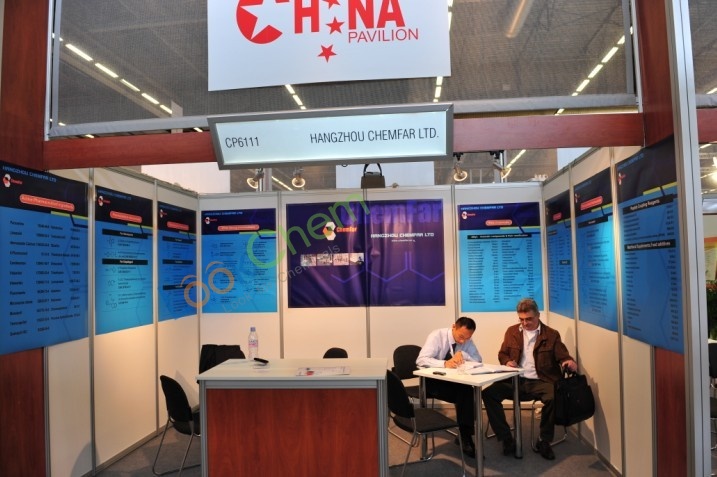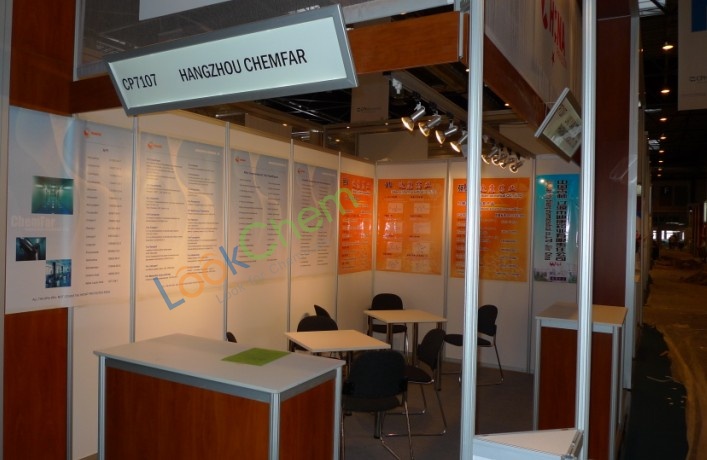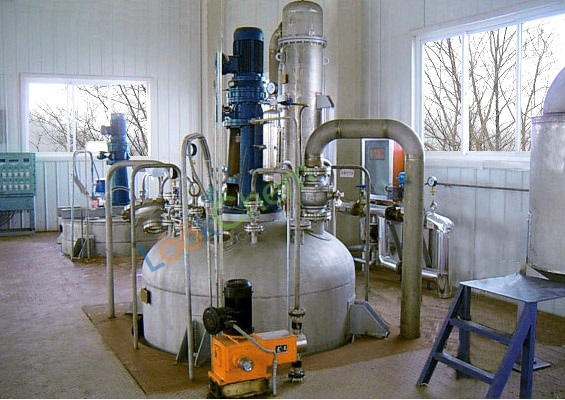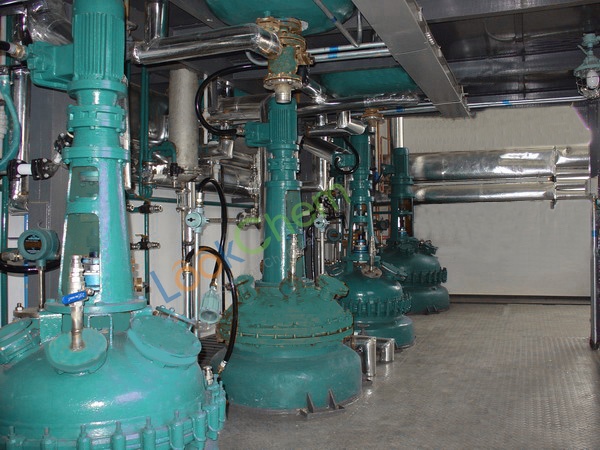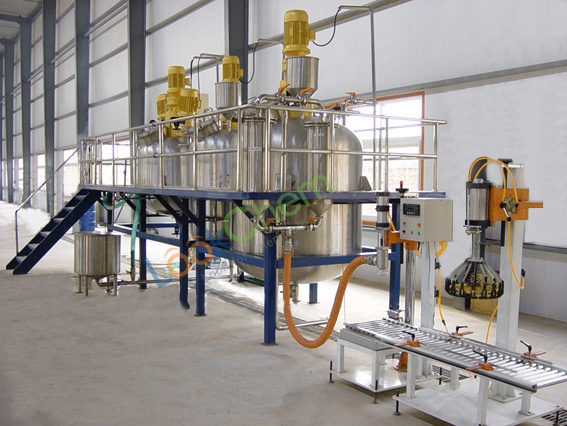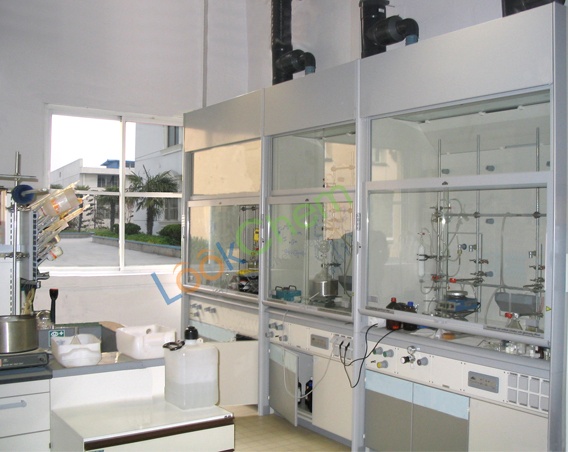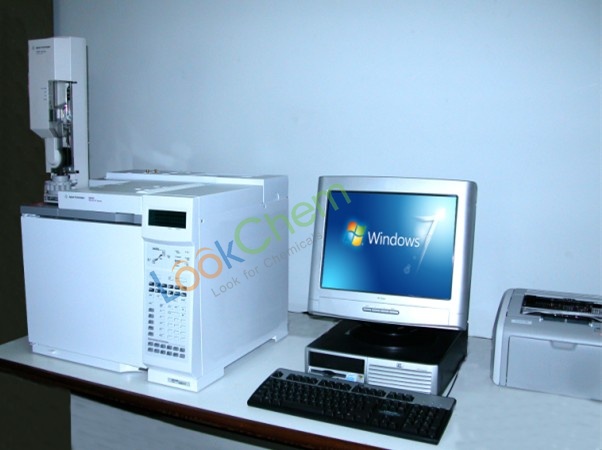Potassium thioacetate msds
- Product Details
- Company Profile
The Potassium thioacetate with CAS registry number of 10387-40-3 is also known as Ethanethioic acid, potassium salt (9CI). The IUPAC name is Potassium ethanethioate. And Potassium thioacetate msds is as follows:
Section 1 - Chemical Product and Company Identification
MSDS Name: Potassium Thioacetate, 98+%
Synonyms: Potassium Thiolacetate; Mercaptoacetic Acid; Potassium Salt
Company Identification:
Hangzhou Chemfar Ltd.
Section 2 - Composition, Information on Ingredients
CAS#: 10387-40-3
Chemical Name: Potassium Thioacetate
Percent: >98
EINECS/ELINCS: 233-848-7
Section 3 - Hazards Identification
EMERGENCY OVERVIEW
Appearance: white to tan crystals.
Caution! Stench. May cause eye and skin irritation. May cause respiratory and digestive tract irritation. Air sensitive. Moisture sensitive. The toxicological properties of this material have not been fully investigated.
Target Organs: None known.
Potential Health Effects
Eye: May cause eye irritation. The toxicological properties of this material have not been fully investigated.
Skin: May cause skin irritation. The toxicological properties of this material have not been fully investigated.
Ingestion: May cause irritation of the digestive tract. The toxicological properties of this substance have not been fully investigated. Mercaptans may cause nausea and headache. Exposure to high concentrations of mercaptans can produce unconsciousness with cyanosis (bluish discoloration of skin due to deficient oxygenation of the blood), cold extremities and rapid pulse.
Inhalation: May cause respiratory tract irritation. The toxicological properties of this substance have not been fully investigated. Exposure to high concentrations of mercaptans can produce unconsciousness with cyanosis (bluish discoloration of skin due to deficient oxygenation of the blood), cold extremities and rapid pulse. Mercaptans may cause nausea and headache.
Chronic: No information found.
Section 4 - First Aid Measures
Eyes: Flush eyes with plenty of water for at least 15 minutes, occasionally lifting the upper and lower eyelids. Get medical aid.
Skin: Get medical aid. Flush skin with plenty of water for at least 15 minutes while removing contaminated clothing and shoes. Wash clothing before reuse.
Ingestion: Never give anything by mouth to an unconscious person. Get medical aid. Do NOT induce vomiting. If conscious and alert, rinse mouth and drink 2-4 cupfuls of milk or water.
Inhalation: Remove from exposure and move to fresh air immediately. If not breathing, give artificial respiration. If breathing is difficult, give oxygen. Get medical aid.
Notes to Physician: Treat symptomatically and supportively.
Section 5 - Fire Fighting Measures
General Information: As in any fire, wear a self-contained breathing apparatus in pressure-demand, MSHA/NIOSH (approved or equivalent), and full protective gear. During a fire, irritating and highly toxic gases may be generated by thermal decomposition or combustion. Vapors may be heavier than air. They can spread along the ground and collect in low or confined areas.
Extinguishing Media: Use agent most appropriate to extinguish fire. Do not get water inside containers. Use water spray, dry chemical, carbon dioxide, or appropriate foam.
Flash Point: Not available.
Autoignition Temperature: Not available.
Explosion Limits, Lower:N/A
Upper: N/A
NFPA Rating: (estimated) Health: ; Flammability: ; Instability:
Section 6 - Accidental Release Measures
General Information: Use proper personal protective equipment as indicated in Section 8.
Spills/Leaks: Clean up spills immediately, observing precautions in the Protective Equipment section. Sweep up, then place into a suitable container for disposal. Avoid generating dusty conditions. Provide ventilation. Place under an inert atmosphere. Do not get water inside containers.
Section 7 - Handling and Storage
Handling: Wash thoroughly after handling. Remove contaminated clothing and wash before reuse. Use with adequate ventilation. Avoid contact with eyes, skin, and clothing. Keep container tightly closed. Avoid ingestion and inhalation. Handle under an inert atmosphere. Store protected from air. Do not allow contact with water. Keep from contact with moist air and steam.
Storage: Keep container closed when not in use. Store in a tightly closed container. Store in a cool, dry, well-ventilated area away from incompatible substances. Do not expose to air. Store protected from moisture. Store under an inert atmosphere.
Section 8 - Exposure Controls, Personal Protection
Engineering Controls: Use adequate ventilation to keep airborne concentrations low.
Exposure Limits Chemical Name ACGIH NIOSH OSHA - Final PELs
Potassium Thioacetate none listed none listed none listed
OSHA Vacated PELs: Potassium Thioacetate: No OSHA Vacated PELs are listed for this chemical.
Personal Protective Equipment
Eyes: Wear appropriate protective eyeglasses or chemical safety goggles as described by OSHA's eye and face protection regulations in 29 CFR 1910.133 or European Standard EN166.
Skin: Wear appropriate protective gloves to prevent skin exposure.
Clothing: Wear appropriate protective clothing to prevent skin exposure.
Respirators: Follow the OSHA respirator regulations found in 29 CFR 1910.134 or European Standard EN 149. Use a NIOSH/MSHA or European Standard EN 149 approved respirator if exposure limits are exceeded or if irritation or other symptoms are experienced.
Section 9 - Physical and Chemical Properties
Physical State: Crystals
Appearance: white to tan
Odor: stench
pH: Not available.
Vapor Pressure: Not available.
Vapor Density: 3.9
Evaporation Rate:Not available.
Viscosity: Not available.
Boiling Point: Not available.
Freezing/Melting Point:173.00 - 176.00 deg C
Decomposition Temperature:Not available.
Solubility: Not available.
Specific Gravity/Density:Not available.
Molecular Formula:C2H3OSK
Molecular Weight:114.20
Section 10 - Stability and Reactivity
Chemical Stability: Stable under normal temperatures and pressures.
Conditions to Avoid: Incompatible materials, dust generation, moisture, exposure to air, strong oxidants.
Incompatibilities with Other Materials: Oxidizing agents.
Hazardous Decomposition Products: Carbon monoxide, oxides of sulfur, irritating and toxic fumes and gases, carbon dioxide, hydrogen sulfide.
Hazardous Polymerization: Has not been reported.
Section 11 - Toxicological Information
RTECS#:
CAS# 10387-40-3 unlisted.
LD50/LC50: Not available.
Carcinogenicity:
CAS# 10387-40-3: Not listed by ACGIH, IARC, NTP, or CA Prop 65.
Epidemiology: No information available.
Teratogenicity: No information available.
Reproductive Effects: No information available.
Mutagenicity: No information available.
Neurotoxicity: No information available.
Section 12 - Ecological Information
No information available.
Section 13 - Disposal Considerations
Chemical waste generators must determine whether a discarded chemical is classified as a hazardous waste. US EPA guidelines for the classification determination are listed in 40 CFR Parts 261.3. Additionally, waste generators must consult state and local hazardous waste regulations to ensure complete and accurate classification.
RCRA P-Series: None listed.
RCRA U-Series: None listed.
Section 14 - Transport Information
US DOT Canada TDG
Shipping Name: AVIATION REGULATED SOLID, N.O.S. FLAMMABLE SOLID, ORGANIC NOS (POTASSIUM THIOACETATE)
Hazard Class: 9 4.1
UN Number: UN3335 UN1325
Packing Group: II
Section 15 - Regulatory Information
US FEDERAL
TSCA
CAS# 10387-40-3 is listed on the TSCA inventory.
Health & Safety Reporting List
None of the chemicals are on the Health & Safety Reporting List.
Chemical Test Rules
None of the chemicals in this product are under a Chemical Test Rule.
Section 12b
None of the chemicals are listed under TSCA Section 12b.
TSCA Significant New Use Rule
None of the chemicals in this material have a SNUR under TSCA.
CERCLA Hazardous Substances and corresponding RQs
None of the chemicals in this material have an RQ.
SARA Section 302 Extremely Hazardous Substances
None of the chemicals in this product have a TPQ.
SARA Codes
CAS # 10387-40-3: immediate.
Section 313 No chemicals are reportable under Section 313.
Clean Air Act:
This material does not contain any hazardous air pollutants.
This material does not contain any Class 1 Ozone depletors.
This material does not contain any Class 2 Ozone depletors.
Clean Water Act:
None of the chemicals in this product are listed as Hazardous Substances under the CWA.
None of the chemicals in this product are listed as Priority Pollutants under the CWA.
None of the chemicals in this product are listed as Toxic Pollutants under the CWA.
OSHA:
None of the chemicals in this product are considered highly hazardous by OSHA.
STATE
CAS# 10387-40-3 is not present on state lists from CA, PA, MN, MA, FL, or NJ.
California Prop 65
California No Significant Risk Level: None of the chemicals in this product are listed.
European/International Regulations
European Labeling in Accordance with EC Directives
Hazard Symbols: Not available.
Risk Phrases:
Safety Phrases:
S 24/25 Avoid contact with skin and eyes.
S 37 Wear suitable gloves.
S 45 In case of accident or if you feel unwell, seek medical advice immediately (show the label where possible).
S 28A After contact with skin, wash immediately with plenty of water
.
WGK (Water Danger/Protection)
CAS# 10387-40-3: 2
Canada - DSL/NDSL
CAS# 10387-40-3 is listed on Canada's NDSL List.
Canada - WHMIS
This product has a WHMIS classification of B4, D2B.
This product has been classified in accordance with the hazard criteria of the Controlled Products Regulations and the MSDS contains all of the information required by those regulations.
Verified Supplier
Hangzhou Chemfar Ltd.
- Country:
 China (Mainland)
China (Mainland) - Year Established: 2002
- Business type: Other
- Integral:


Contact Details|Similar Products

Escrow ServiceMore
Secure Your Orders With escrow More Transparency,Less Uncertainty


 Add to inquiry cart
Add to inquiry cart

